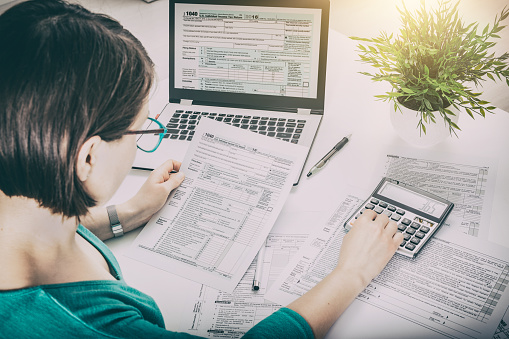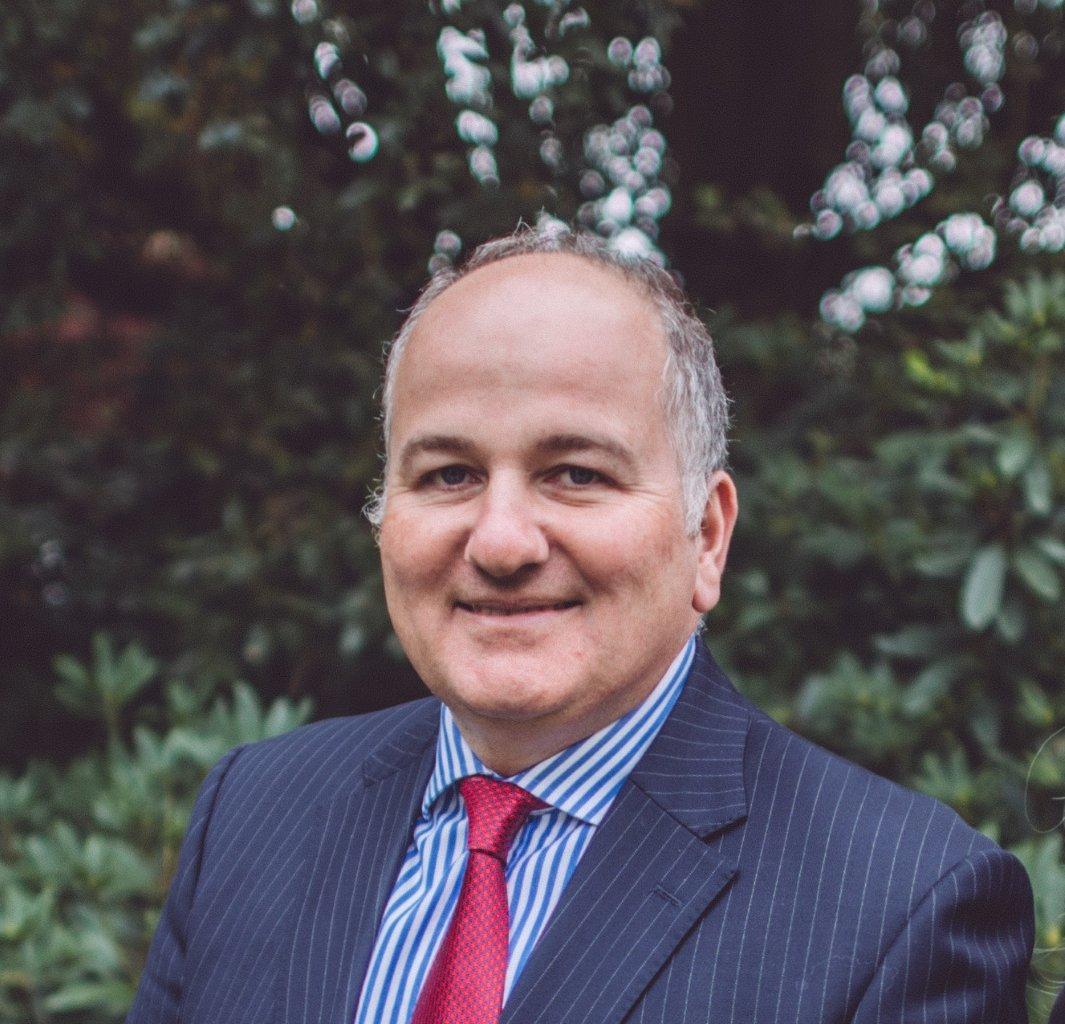A brief guide to debt relief orders
What is a debt relief order and when might it be suitable for someone with debt problems? David Kirk of Kirks explains what the benefits and risks are of DROs.

What is a debt relief order (DRO)?
A debt relief order, also known as a DRO, was first introduced in April 2009. It was created to offer a cheaper and simpler process than bankruptcy for a person who needed to write off the debts they could not afford to repay.
The criteria to apply for a DRO are:
- you cannot be bankrupt
- you can only do a DRO every six years
- you must owe in total less than £20,000
- you must not have assets over £1,000 (excluding basic household items and a car)
- you must not own a car worth over £1,000, unless adapted due to disability
- you have very little surplus income and less than £50 a month
- you cannot own a freehold property
What are the benefits of a debt relief order?
Once you have obtained a DRO it will last for 12 months. The benefits of a DRO are:
- You do not need to pay anything each month and if your circumstances have not improved after 12 months the DRO ends and your debts are all written off.
- Your creditors are not allowed to contact you once you have the DRO in place. This can remove a lot of the stress of being in debt.
- The cost to obtain a DRO is £90 and this is the fixed fee charged by the Insolvency Service. This is in comparison with the cost to be made bankrupt, which is currently £680.
However, it should be noted that a DRO will affect your credit rating as it appears on a public central register.
What debts are covered by a debt relief order?
DRO’s were designed for those individuals who just have credit card debt and personal loans and who get trapped into a spiral of debt where they cannot afford to make themselves bankrupt.
Debts that can go into a DRO are called ’qualifying debts'. Debts that are covered by a DRO include:
- credit cards, overdrafts and loans
- arrears on household bills such as rent, gas, electricity, telephone and council tax
- benefit overpayments
- hire purchase (HP) or conditional sale agreements
- buy-now-pay-later agreements
- loans from friends and family
However, not all debts are covered by a DRO. You will still need to pay:
- criminal fines
- Child Maintenance Service arrears
- TV licence arrears
- student loans
- social fund loans
- compensation for personal injury ordered by a court
What are the alternatives to a debt relief order?
There are alternatives to a DRO if you do not comply with the conditions, including:
- personal bankruptcy
- individual voluntary arrangements (IVAs) are legally binding agreements with your creditors to pay back some of what you owe
- debt management plans allow you to manage your debts and pay them off at a more affordable rate
How can I get a debt relief order?
If you believe a DRO may be suitable for you then the first point of contact should be your local Citizens Advice Bureaux or a registered debt advisor, such as National Debtline or PayPlan. Remember that you should only be charged £90 to arrange a DRO and no more. You can find a debt advisor over at Gov.uk.

About the author
David Kirk is a chartered accountant and licensed insolvency practitioner at south west-based insolvency specialist firm Kirks.
See also
How does bankruptcy affect a spouse?
Everything you need to know about debt management plans
Find out more
Find a debt adviser (Gov.uk)
Options for paying off your debts (Gov.uk)
Image: Getty Images
Publication date: 24 January 2020
